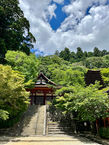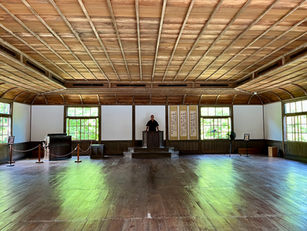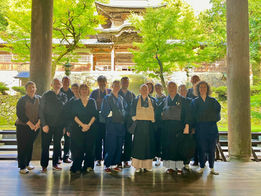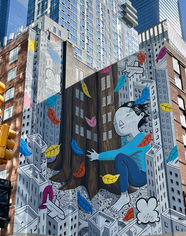WELCOME TO THE DŌGEN STUDY LIBRARY
The Dōgen Study Library is a resource being developed for all students of Buddhism who wish to study the scriptures most treasured by our school at their own pace, with the support of guidance and commentaries.
Serious students of Dōgen know that to understand Dōgen’s teachings, it is essential to become familiar with the vast number of Buddhist scriptures that influenced him and that he quotes extensively in his writings. Therefore, in addition to Dōgen's teachings, this library will also offer information on the fundamental teachings from Ancient Buddhism and Mahāyāna Buddhism, Kōans and other related materials.
Some of the texts included here have already been translated into English, but often without authoritative commentaries, making them difficult to interpret and study independently. Other texts are new English translations by Rev. Issan Koyama. Many of these translations have never before been available in English.
It is our aspiration to offer reliable guidance on how to read Buddhist scriptures, along with detailed commentaries, so that all who have a sincere interest can engage in meaningful independent study.
The lectures offered on this website are recordings of Lecture Series offered by Rev. Issan Koyama free of charge. Some texts are original translations by Rev. Issan Koyama. Please do not use any portion of the written or audio-visual materials for commercial purposes. For permission to use these resources for educational purposes, kindly contact us in writing at: info@nyzcfordogenstudy.org.











